Have you ever noticed your dog curling up beside you on a tough day, or nudging your hand when a wave of sadness hits? It almost feels like they know exactly what you need, right when you need it most. For dog lovers everywhere, this uncanny intuition is both heartwarming and mysterious. How do our furry friends always seem to sense when we’re feeling down, stressed, or anxious? The answer is a fascinating blend of science, instinct, and the magic of the human-canine bond. Discover the emotional, surprising, and sometimes hilarious ways dogs tune in to our feelings—and why their comfort is unlike anything else.
The Power of the Human-Dog Connection
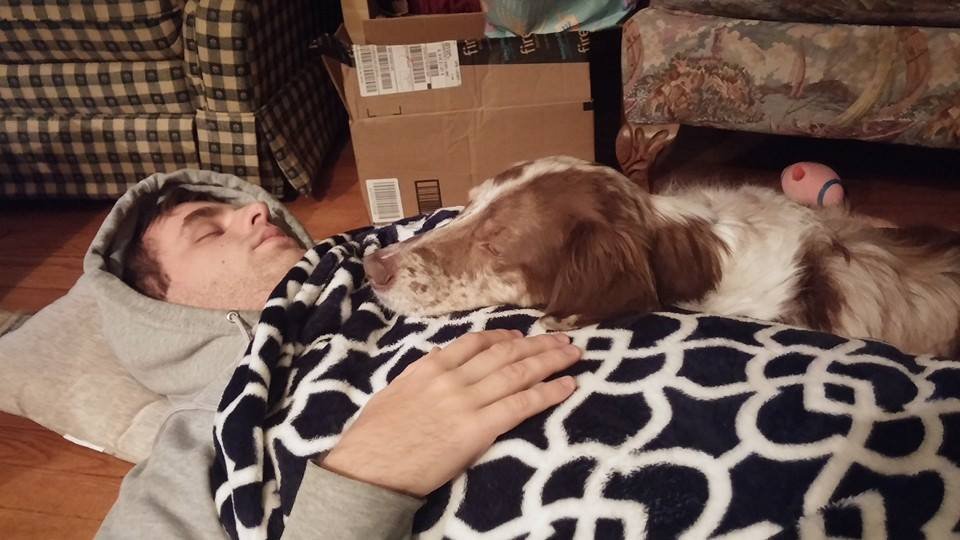
Dogs and humans have shared a deep bond for thousands of years. This connection isn’t just about companionship; it’s rooted in an incredible emotional understanding. When you bring a dog into your life, you’re not just gaining a pet—you’re welcoming a sensitive, loyal friend who learns your habits, moods, and even your silent cries for help. It’s as if your dog becomes an expert in you, picking up on your routines and emotions with a level of care that surprises many owners.
This bond is strengthened through daily interactions. Whether you’re laughing, crying, or just feeling “off,” your dog is right there, observing and taking mental notes. Over time, your pup learns what makes you happy and what brings you down. This emotional intelligence is what makes dogs such remarkable comforters, always ready to jump in with a wagging tail or a gentle nuzzle just when you need it most.
Reading Body Language Like a Pro
Dogs are experts at reading body language. They notice things we barely register ourselves: a slump in your shoulders, a sigh, or even the way you walk. To your dog, these tiny signals communicate a world of emotion—and they respond without hesitation. Imagine your dog as a silent detective, always on the lookout for clues about how you’re feeling.
This ability goes far beyond just recognizing happiness or sadness. Dogs can pick up on nervous energy, restlessness, or frustration. If you’re pacing the room or fidgeting with your hands, your dog may quietly sit by your side, offering calm reassurance. Their attention to your physical cues is their secret weapon in knowing when to offer comfort.
The Magic of Scent: Smelling Your Emotions
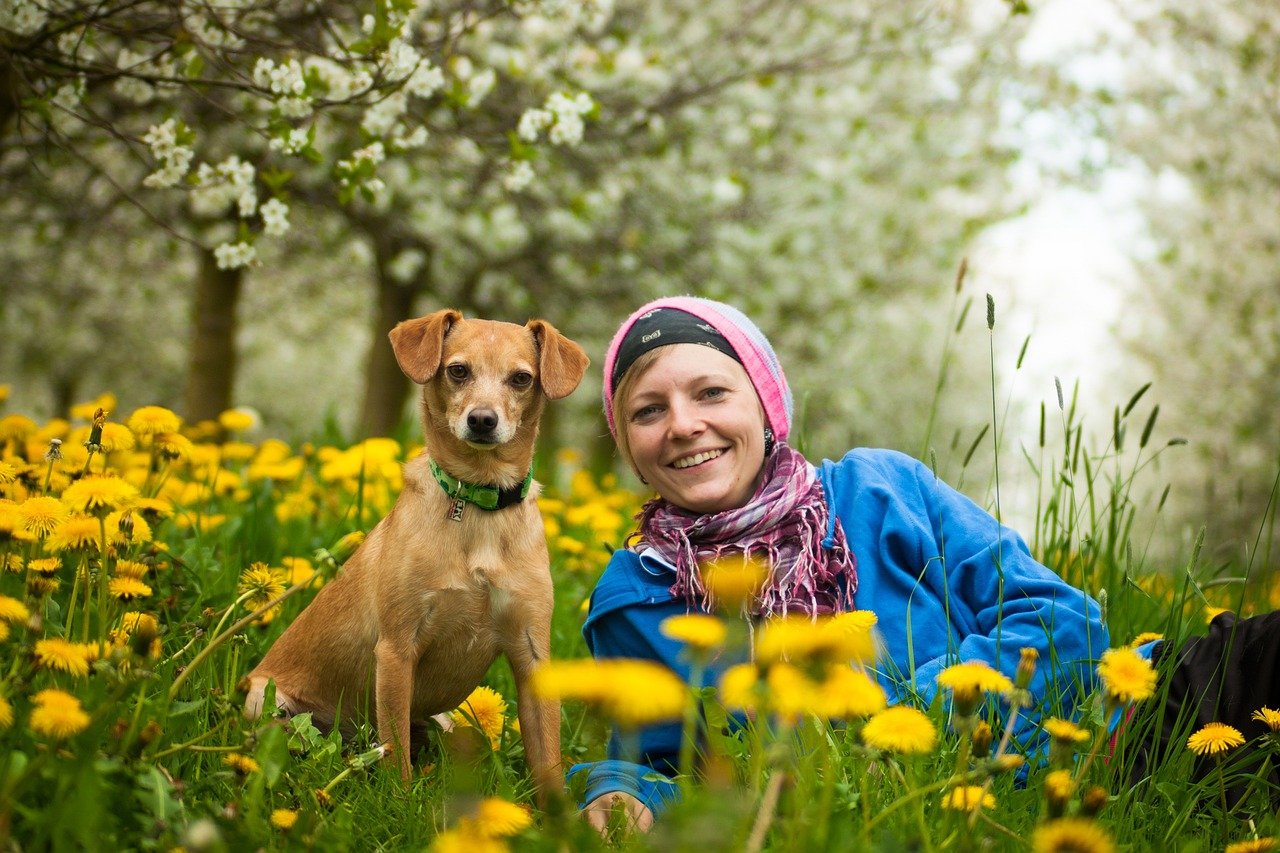
Believe it or not, dogs can actually smell how you feel. When humans experience strong emotions—like stress, fear, or happiness—our bodies release subtle chemical changes through sweat and scent. With their powerful noses, dogs can detect these tiny shifts, even when we think we’re hiding our feelings.
This sense of smell is so finely tuned that some dogs are even trained to assist people with anxiety or PTSD by responding to these scent changes. For your dog, your scent is like an emotional fingerprint. When something’s off, they notice immediately and often rush to your side, ready to give you the support you didn’t even realize you needed.
Responding to Your Tone of Voice
It’s not just what you say, but how you say it. Dogs pay close attention to the tone, pitch, and volume of your voice. If you speak softly or your voice trembles, your dog picks up on the change. A sharp or raised voice can signal distress, while a gentle tone can tell your dog that everything is okay.
Your dog may respond to these vocal cues by coming closer, offering a paw, or simply lying quietly beside you. They don’t need words to understand what you’re going through. To them, your voice is a melody that changes with your mood, and they’re always listening, ready to comfort you with their presence.
Mirroring Your Emotions
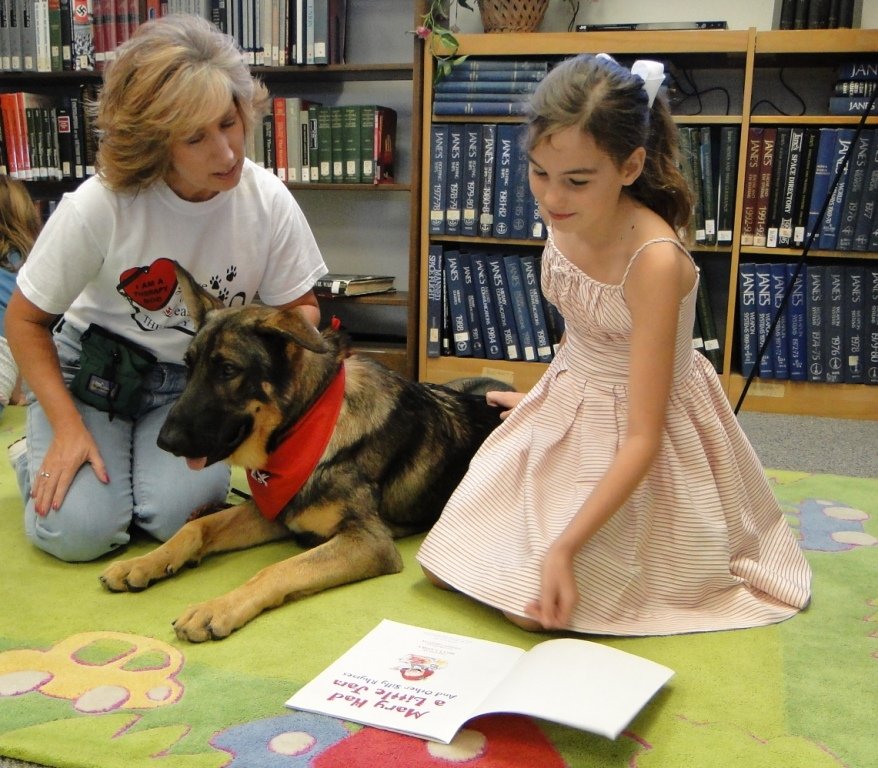
Dogs are natural empaths. They often mirror the emotions of their owners, reflecting joy, excitement, or sadness right back at you. If you’re feeling down, you might notice your dog growing quieter, lying close, or even resting their head on your lap. It’s a silent way of saying, “I’m here with you.”
This mirroring isn’t accidental; it’s a sign of deep emotional attunement. Some people even describe it as their dog “absorbing” their feelings, sharing in both the highs and lows. This emotional connection brings comfort not just through touch, but through shared experience. It’s a reminder that, whatever you’re feeling, you’re never truly alone.
Comfort Through Touch and Presence
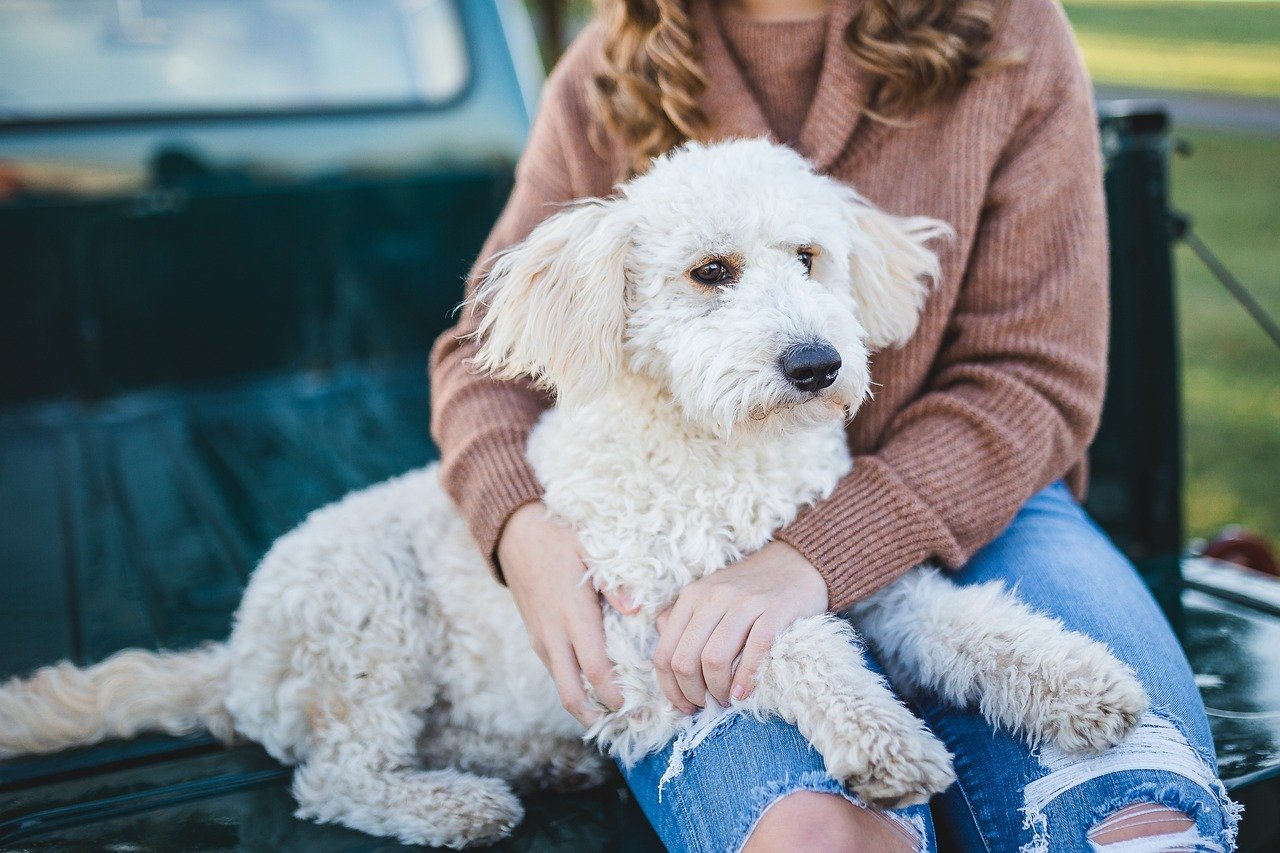
There’s a reason so many people call dogs “living therapy.” The simple act of having your dog nearby can lower your heart rate, ease anxiety, and lift your spirits. Dogs use touch—whether it’s a gentle lick, a warm snuggle, or a reassuring paw—to communicate love and support. This physical closeness triggers the release of oxytocin, the “feel-good” hormone, in both you and your dog.
Being present is just as important as touch. Sometimes, your dog may simply sit near you, offering wordless reassurance. Their calm, steady presence can make a world of difference during difficult moments. It’s as if they understand that sometimes, comfort comes not from words, but from simply being there.
Recognizing Changes in Routine
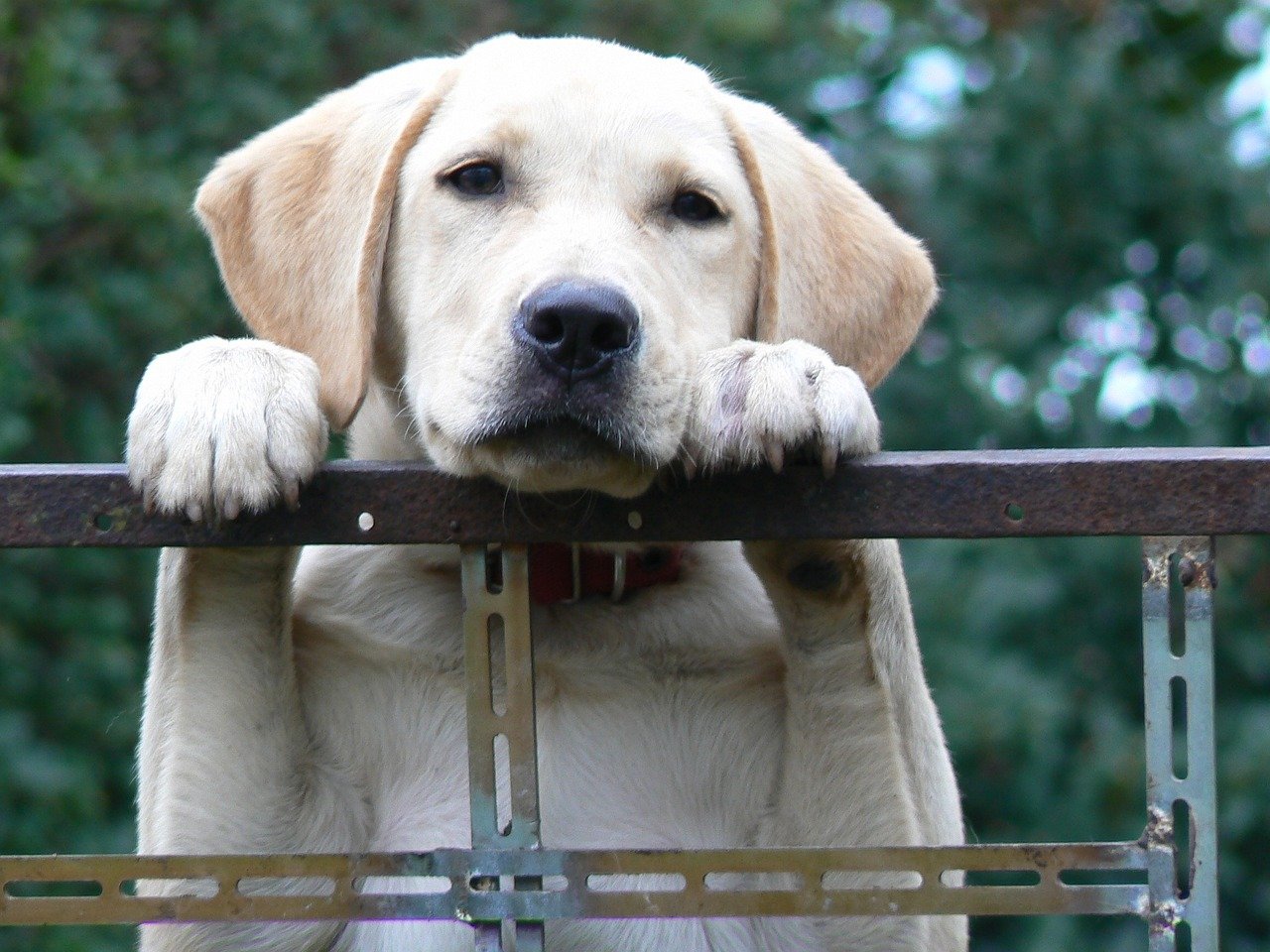
Dogs are creatures of habit, and they notice when something disrupts your normal routine. If you stay in bed longer than usual, skip meals, or appear more withdrawn, your dog may become extra attentive. They sense these changes and often adjust their own behavior to match your needs, whether by becoming more playful to cheer you up or more subdued to match your mood.
This awareness makes dogs incredibly responsive companions. They adapt to your daily life, changing their actions to provide comfort and stability. It’s a subtle yet powerful way they show empathy and care, reminding us how closely they pay attention to the rhythms of our lives.
Training and Instinct: The Perfect Combination
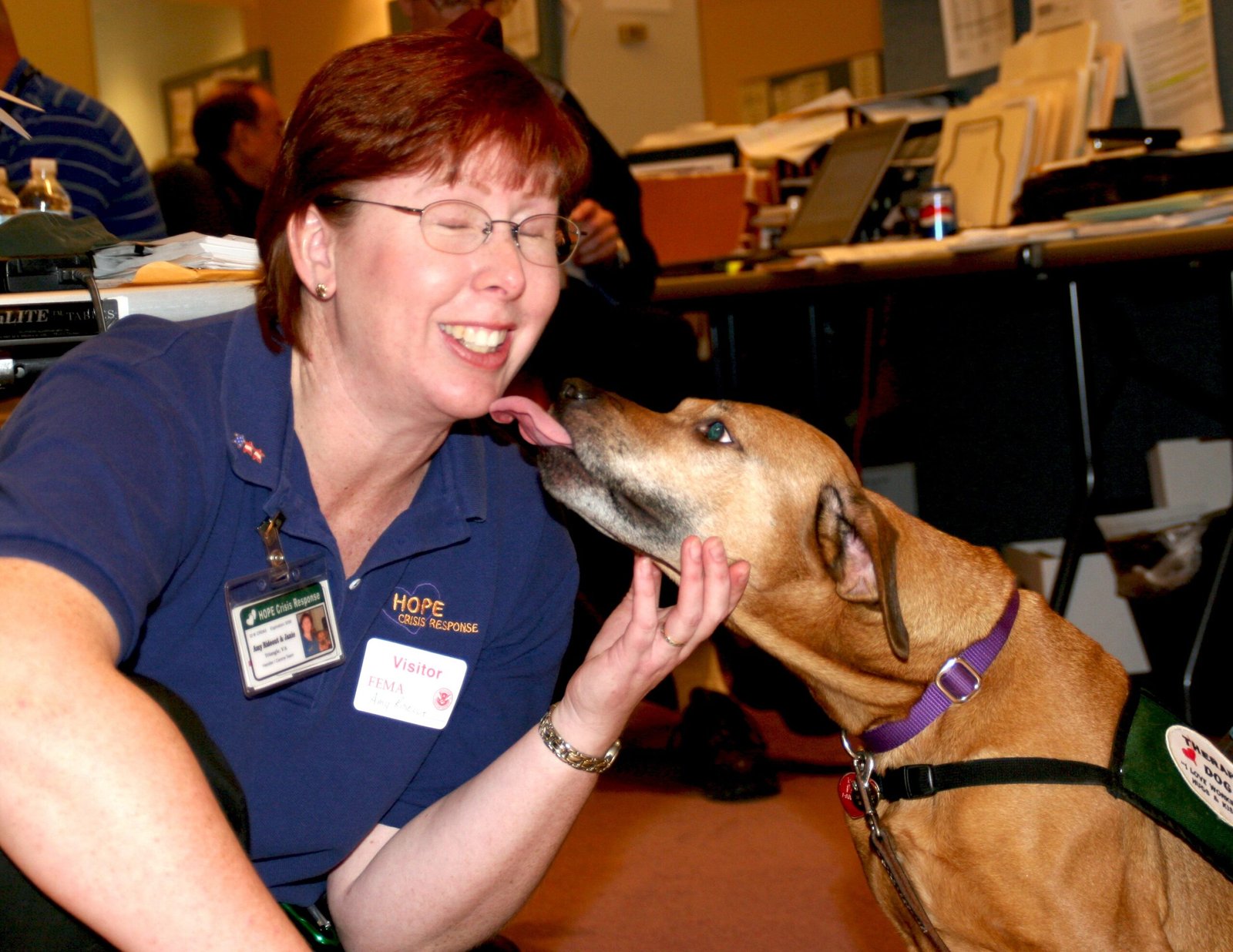
While some dogs are naturally intuitive, others can be trained to recognize specific emotional cues and respond accordingly. Therapy and service dogs, for example, are taught to notice signs of distress and offer targeted support. However, even without formal training, most dogs have a strong instinct to comfort their humans.
This blend of instinct and learned behavior makes dogs exceptional at providing emotional support. Whether they’re responding to a command or simply following their heart, their actions come from a place of genuine love and loyalty. It’s this unique combination that makes the comfort of a dog so deeply meaningful.
The Unspoken Language of Love
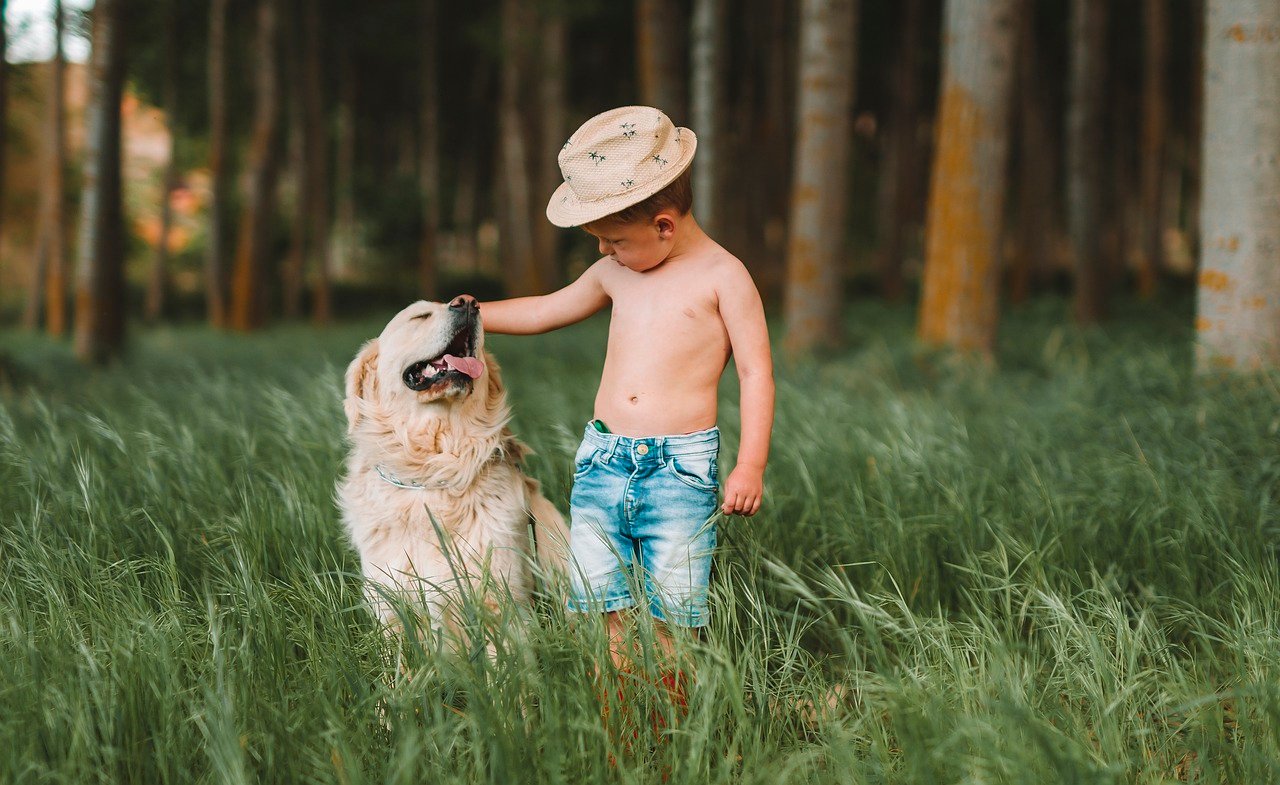
At the end of the day, dogs don’t need words to show you they care. Their comfort comes from a place of pure, unconditional love—the kind that doesn’t ask for anything in return. Whether they’re curled up beside you, licking away tears, or just gazing at you with those soulful eyes, dogs remind us of the simple, powerful ways we can care for one another.
Their silent support speaks louder than any words ever could. For dog lovers, this unspoken language is the greatest gift of all—a reminder that, in a world full of noise, sometimes the quietest gestures mean the most.






